Slow Pitch Jigging Bible Introduction
The bible has been published.
The SPJ founder Norihiro Sato and other leading SPJ experts who have studied with him, The Team Sato, talk about their techniques and tactics in real depth.
I wish they would publish it in English for you. But I doubt it. So I will try to post up what I understand from it. It’s too big and heavy stuff to write in one post. The contents cover such a vast range from the basic principals to really advanced and detailed skills and tactics according to the sea conditions and targets.
This is just an introduction.
The Origin
Norihiro Sato
How I came to create slow pitch jigging
- Slow pitch jigging has been built on a lot of failures.
- Always doubt what people believe blindly, and create something new. How the tackles are supposed to be. How the fishing is supposed to be done. Doubt them all.
- Don’t ask me! Ask the ocean!
- Your tackle setting is the most important. It represents what your fishing is really about.
- Your intensions show at the rod tip. It is moving with confidence?
The Evolution
Hiroyuki Kato
The self-movement of the jig is the natural movement.
- If you don’t make the movement that your targets don’t like, they will bite.
- Try to do less. You are usually doing too much. Try to let the jig move on its own as much as you can.
- Fish avoids what’s moving toward them. I try not to let the jig fall backwards because there may be fish chasing on the uplift.
- Always collect information about the water conditions from your line. If you use a heavy jig with a non-stretching light line, the information will be shaper. You can feel the complex of the currents. How other anglers are getting contacts is also a very useful information.
The Deep
Kazuhiro Hirota
Challenging the unknown deep
- The deep jigging requires the highly skilled captain to stay vertical, but when you go deeper than 200m, it’s the wild frontier with various targets. Slow pitch jigging has tremendous potentials in this game as well.
- Different tackle settings and tactics depending on my 2 main targets, seaperch and grouper.
- Most deep sea fish avoid moving around, and they try not use much energy. But only blackthroat seaperch seems to move around more than others. They don’t seem to like the falls. I try to focus 70% on small uplifts and stops and 30% on falls, not active free falls, but quiet tensioned falls.
- Groupers, on the other hand, are sometimes territorial and aggressive. But they are not such good swimmers. I focus 30% on quiet slow uplifts and 70% on active falling, only in a range up to 3m to 5m from the bottom.
- Knocking the bottom without reeling is very effective a lot of times. The sound and the cloud of dust does attract fish.
- According to our research with JAMSTEC deep sea submarine, the color that stands out the most in deep sea is silver. Other colors are just different shade.
The Freedom
Hiroto Yamamoto
Smooth sequence to play the preyable bait fish
- You can input all kinds of purposeful actions with reeling and jerking in slow pitch jigging. In the other half of time you are letting the jig behave on its own. It’s important to stay tuned with the line while the jig is falling. Not giving tension or line slack.
- Sequencing lifts and falls smoothly is what keeps the fish interested without being cautious. At the end of the fall, pick up the jig softly with your rod tip and then lift.
- When targeting toothed mackerels in October in Osaka, the hairtail is a common baits. They swim upright. If you give too much impact on uplift, the jig slides on its side, going parallel to the leader, which gives a lot of chances the mackerel’s sharp teeth get the leader. Give small quiet uplifts and also quiet tensioned falls.
- Groupers, on the other hand, are sometimes territorial and aggressive. But they are not such good swimmers. I focus 30% on quiet slow uplifts and 70% on active falling, only in a range up to 3m to 5m from the bottom.
The Perfection
Masayoshi Higashimura
Bring out the jig’s maximum performance to fool the wise big one
- Located at the edge of the Pacific’s major current, the fish is rich, but the strong complex currents give hard time to the anglers. Understand your jig’s performance to match your tactics and the sea conditions.
- Always gather information of the sea conditions. On the first drop, apply constant one pitch one jerk per second to see if you feel any information and any changes.
- My basic tactics;
Driftingt at 0 to 1 knot: I apply small quiet uplifts with Deepliner Vib which is slow in falling. When you find this jig efficient, you know fish don’t want to chase bait fish aggresively.
Drifting at 1 to 4 knot: I use Deepliner CX, which is shaper in uplifts and faster in falling. Focus 60% on uplifts and 40% on fallings for amberjacks, 30% on uplifts and 70% on falling for groupers.
Drifting at 1 to 4 knot in multiple layers: I use Deepliner FB, which slides well with a swimming ability like a long jig. It works well for fast swimmers. 70% on uplift and 30% on falling for amberjacks. 50% on uplift and 50% on falling for groupers.
The Creation
Toshiya Ogai
Suspension is what gets the contacts
- What the fish eaters are looking for is: A. active bait fish that’s swimming in or near the school. B. crippled bait fish that’s swimming in a funny way. C. suspending bait that’s been knocked unconscious. A and B are easy to perform with a normal slow pitch techniques. C requires a sensitive subtle actions.
- Hook setting is also important to help the jig swim steadily. I usually put on the longer assist line on the rear. The rear hooks create the hydrodynamics like a tail of a flying kite.
- It’s important to lift slowly in long fall jerk. If you lift quickly, it takes out the line slack and the fall will go straight down. But if you lift slowly, the line slack stays in the water and the jig follows up the curved line and then falls more to the side and swims on the way down.
Hope the information helps you! Good luck!
Tags In
Related Posts
10 Comments
Leave a Reply Cancel reply
Categories
- 1. SPJ (57)
- 1-1. Principles (9)
- 1-2. Techniques (11)
- 1-3. Setup (17)
- 1-4. FAQ (19)
- 1-5. Tackles (3)
- 1-6. Video Gallery (2)
- 2. Other Offshore Games (5)
- 3. Fishing Report (105)
- 3-1. Totos (25)
- 3-2. Readers (72)
- 4. Fish Cooking (19)
- 4-1. Iki-Jime (3)
- 4-2. The Art of Sashimi (5)
- 4-3. Recipe (7)
- 4-4. Seasoning (3)
- 5. Fishing Charter (6)
- Fish (12)

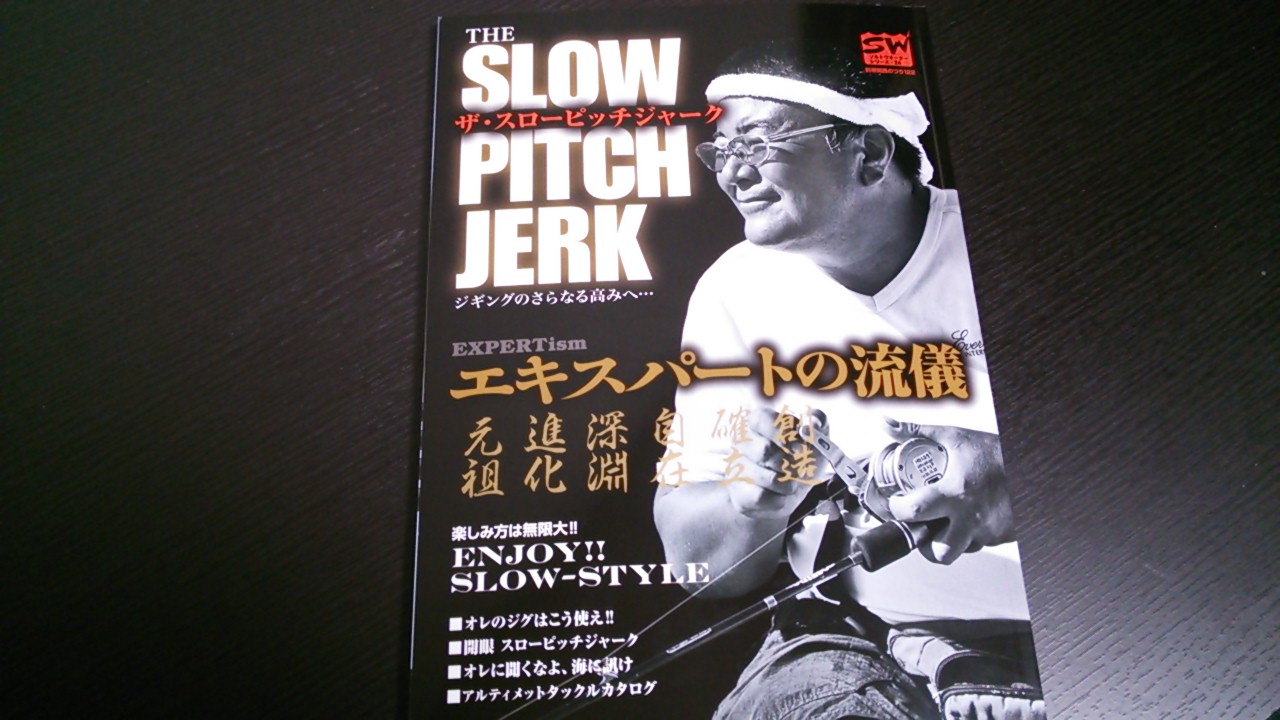
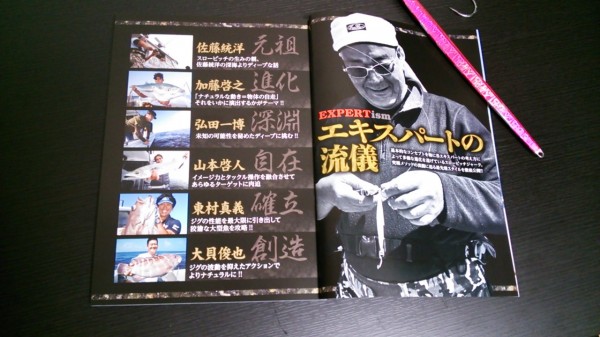

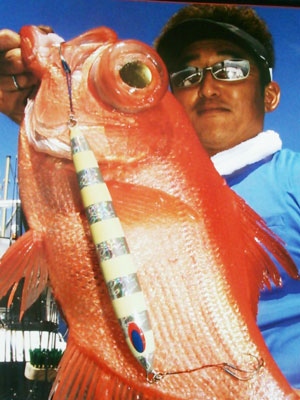

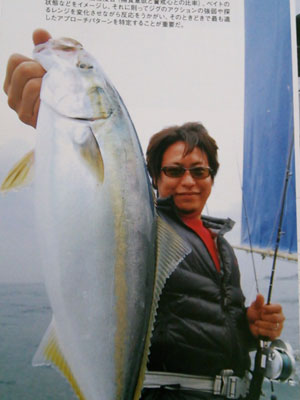
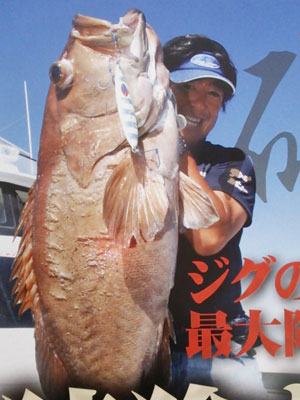
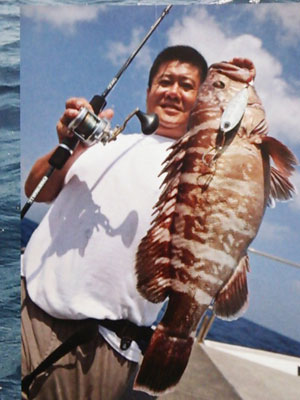


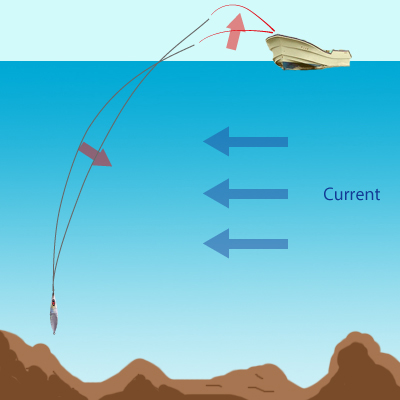
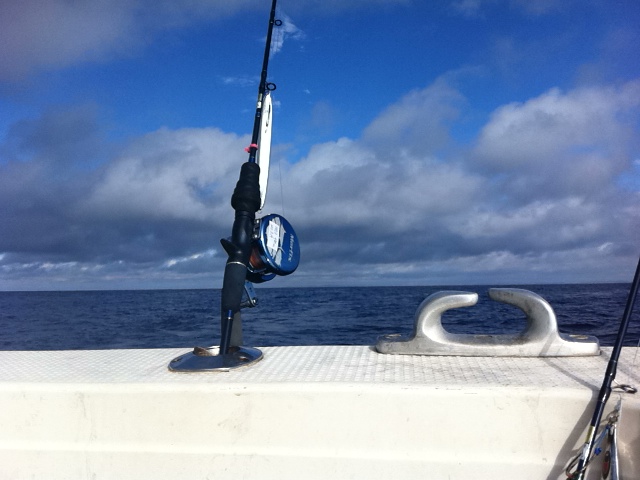
Can you explain how “tensioned fall” is? I get free fall, but tensioned fall?
Hi Arfan.
OK. If you bring down your rod faster than the jig falls, that is free fall. You will get the line slack floating on the surface. On the other hand, if you bring down your rod slow enough to follow the falling jig and to give just a little tension to the line, that is tensioned fall.
The tensioned fall isn’t hanging the jig. The tension should not be strong to get the line straight. The line should be catching the currents and maybe the wind too. That is tension already. You don’t need to add any more tension. You give the line just enough tension to sense when anything bites on your jig.
Hi Totos
Some great points made here, interesting the comments made about long fall in regards to lifting slowly and the following action of the jig with line slack. So wish we could get the book in English. Thanks for taking the time to translate for us all, I learn so much from this site and it’s great when I go out and put it into practice. For me as I’m just starting out slow pitch it’s trying to understand what the jig is doing with the actions put through the rod and reel.
Thanks Mark. I appreciate your encouragement.
I know what you mean. Long falling with the “tensioned line slack”. That was a new notion for me too. I was taught to lift slowly in long fall jerk, but I never questioned why. It really changes your perception, doesn’t it?
Totos – You put so much work into those translations.
Thank you!!! You’re a legend mate!
Thanks Dan.
It’s just fun to do. And it also helps me understand more and wear these knowledge just as my own cloth.
Thank you for your encouragement!
Many many thanks for your time and effort…so much research and tests to performance.
Jigging is never going to be boring…
Thanks Dimitri.
I know how you feel. I think the romantic part is that you really don’t know how your jig is actually dancing in the deep. The difference you are trying to make on the boat is actually a difference down there? If it is, how? Nobody can really tell, so you can make up your own story too. Whether or not it’s true, I think it’s important that you believe what you are doing.
Hi Totos, thank you for all your efforts. Are you going to translate more from this book? Or is there an English version available somewhere? Thanks
Hi Javers.
No English edition. And I have no time or talent to translate the entire book.
Sorry.